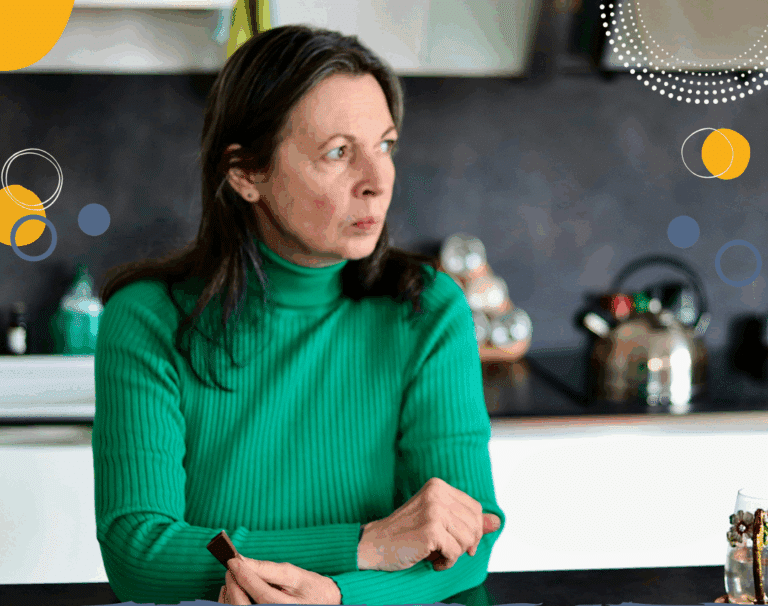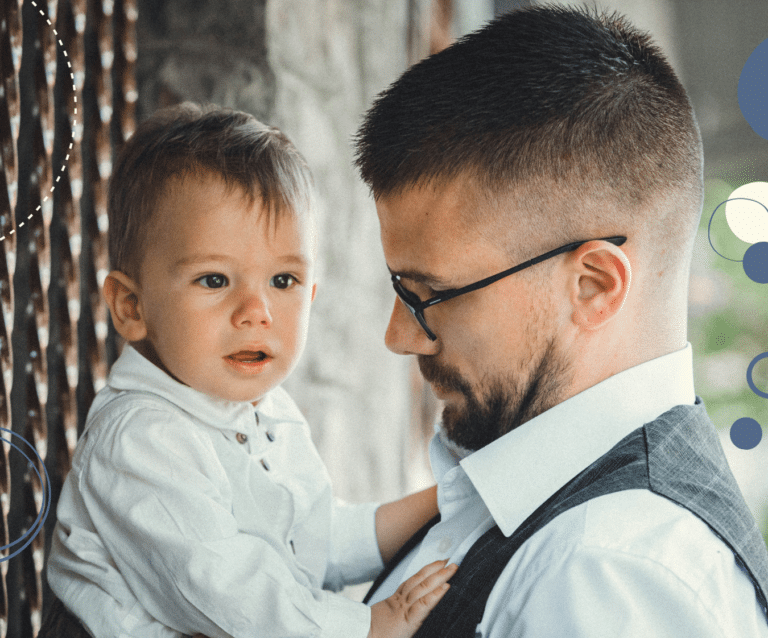When parents worry too much
It is completely natural to worry about our children, we are responsible for them. A huge part of our job as parents is to keep our children safe and to try to influence their lives and their futures positively.
Children are not yet able to take responsibility for making good decisions themselves or to understand risks or be able to predict all the ramifications of their actions – so we need to do that thinking for them.
But worrying about our children becomes a problem when it is the dominant way that our mind operates – or when it starts to dictate our actions or undermine our wellbeing or impact on our child’s development or wellbeing.
There are some typical worry traps that parents tend to fall into – personally, I have fallen into all these thinking traps at one time or another. It might just be one of these that applies to you or it might be all of them!
Over-generalising
Over-generalising involves making general negative conclusions based on one example or incident. For example, our child comes home after school and tells us about an altercation with one of their friends and we start worrying that they are unhappy at school or that they’re being bullied or are socially isolated. We globalise a negative conclusion from that one incident.
Catastrophising
Catastrophising is similar to over-generalising but it often involves worrying way into the future. For example, maybe our 4-year-old is struggling to manage their anger and is lashing out. We worry that they will be labelled a ‘naughty kid’ when they start school, that they will end up getting permanently excluded for fighting and then turn to crime or antisocial behaviour when they’re a teenager because they don’t respect boundaries and can’t control themselves. We get onto a train of worry way into the future and bring the whole weight of that imagined future onto the present moment.
All-or-Nothing thinking
This is when we focus on the extremes and neglect the more likely middle ground. For example, we might have an argument with our child at bedtime because they don’t want to go to bed and then spend the whole evening worrying that we’re a bad parent – when actually we had good and bad bits in our day.
Worst-case scenario scanning
This worry trap typically happens when our child is faced with a risk. For example, when they are walking along the top of a wall and we worry about them falling off. We might even visualise the injuries they could incur and start planning what we would do in that situation. Or maybe our teenager has gone to a party with their friends and we start imagining all the terrible things that might happen.
Mind-reading
The mind-reading worry trap involves an assumption that you know what other people are thinking, or just guessing what they’re thinking without asking them. It could be worrying that your mother-in-law is judging your parenting negatively (when maybe she is just concerned about your wellbeing). It might be worrying that your child is upset or hurt by a particular scenario when actually, they aren’t really bothered by it.
The anxious teenage years
For parents of teenagers, these worry patterns can be especially acute. During the teenage years the risks become greater and the stakes feel very high. There are important exams that have big ramifications. And then there’s drugs, alcohol, sex – if they get into trouble it feels like it could impact the rest of their lives. At the same time, the control that we have over our children reduces when they become teenagers.
Managing your worry thoughts
The problem with these worry traps is that they don’t usually lead us towards helpful actions. For example, a head full of worrying thoughts about the dangers lurking on the internet might send us hurtling into an ineffective lecture – rather than prompting a calm conversation that will equip your teen with the knowledge and skills to manage their online safety sensibly.
When parents worry too much, our emotional brains take over – and that isn’t helpful for making good parenting decisions. We tend to disconnect and attend to our own thoughts and feelings rather than tuning in to our child’s.
If any of those worry patterns sound familiar, think about using a mental gym approach to practise catching and challenging negative thoughts. Or maybe use a mindfulness app as a way to stand down that anxious response. Or sign up for a cognitive behavioural therapy course via your local health services.
READ NEXT:








Leave a Reply